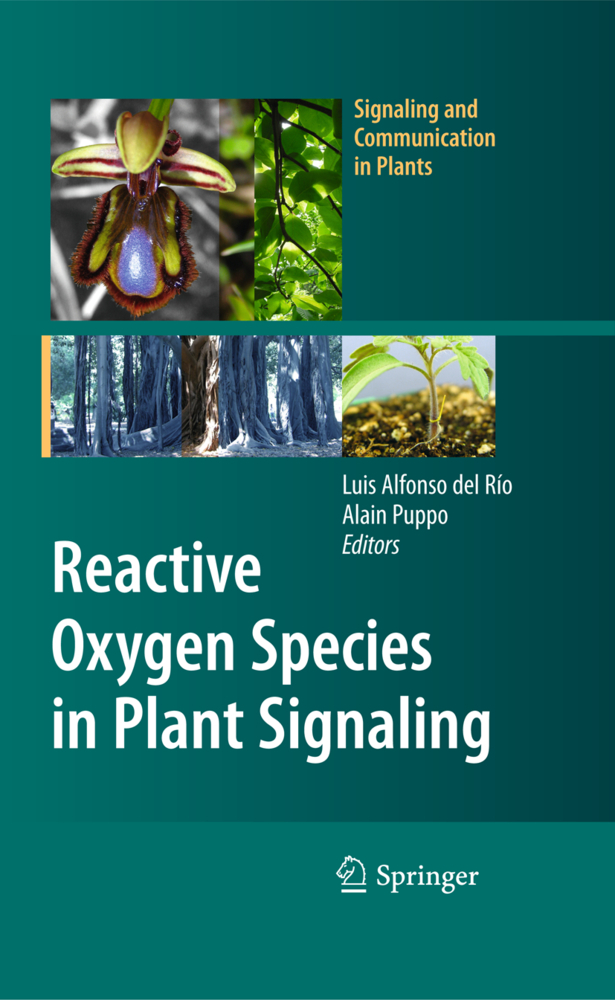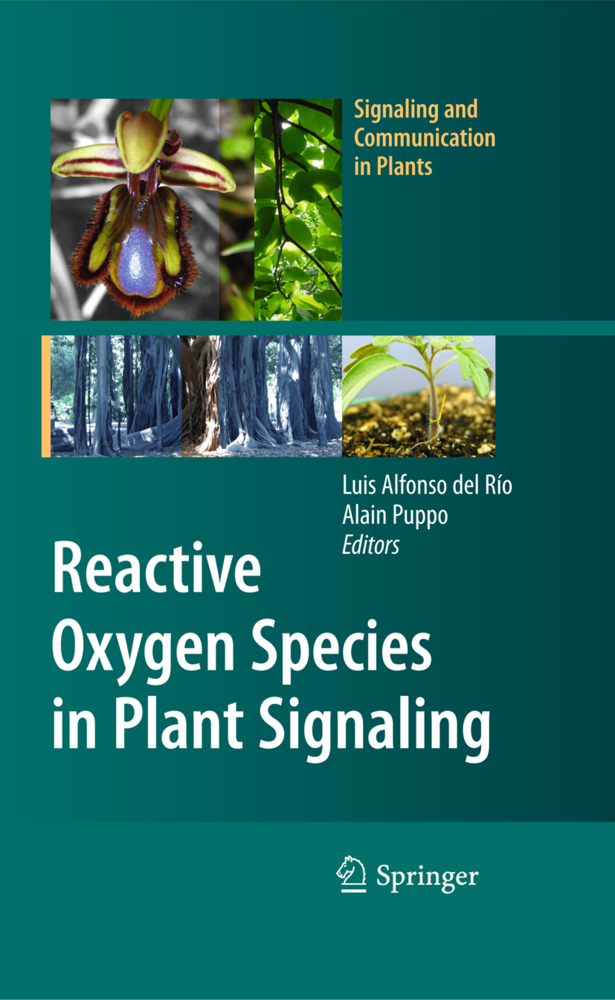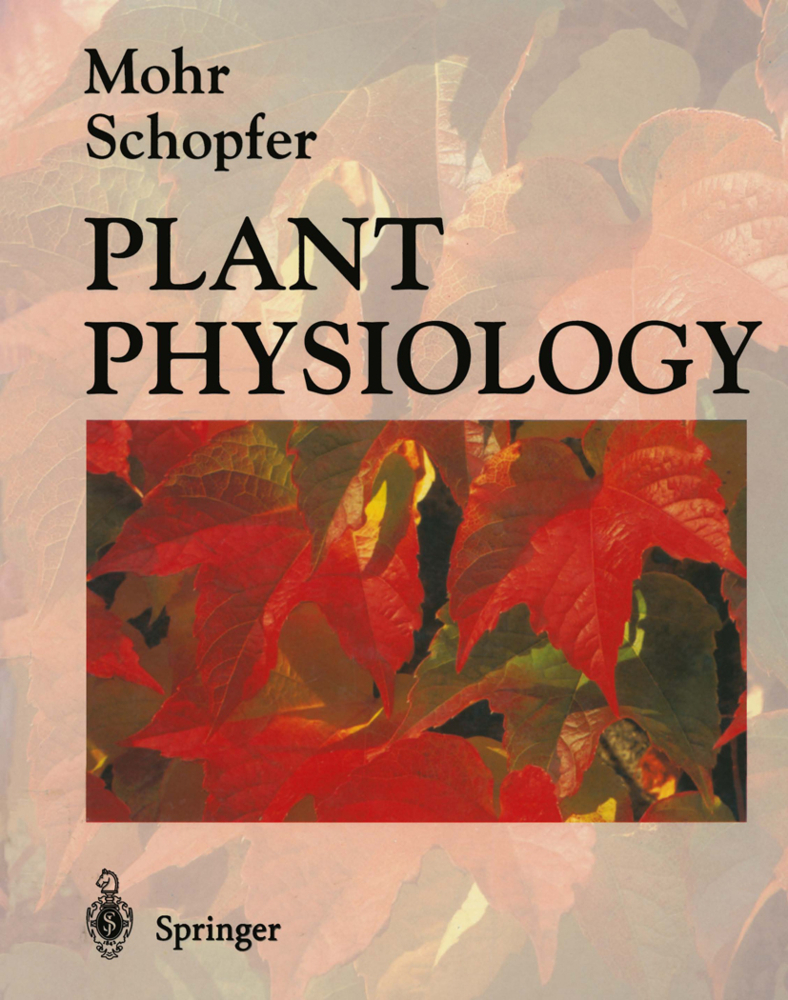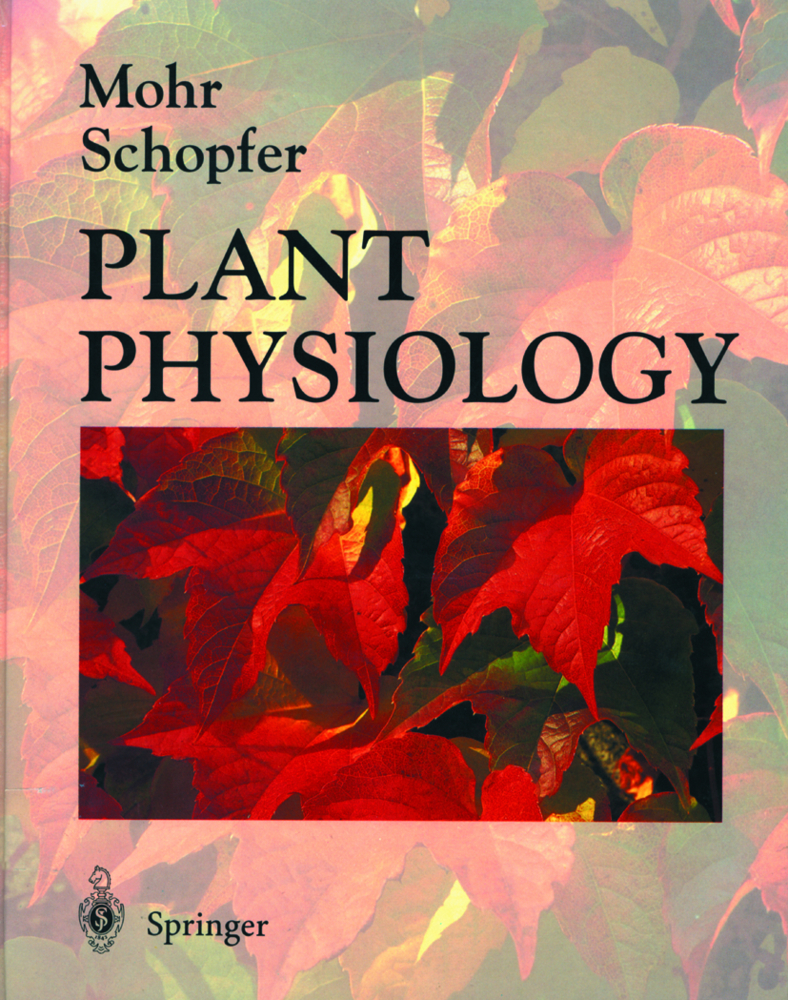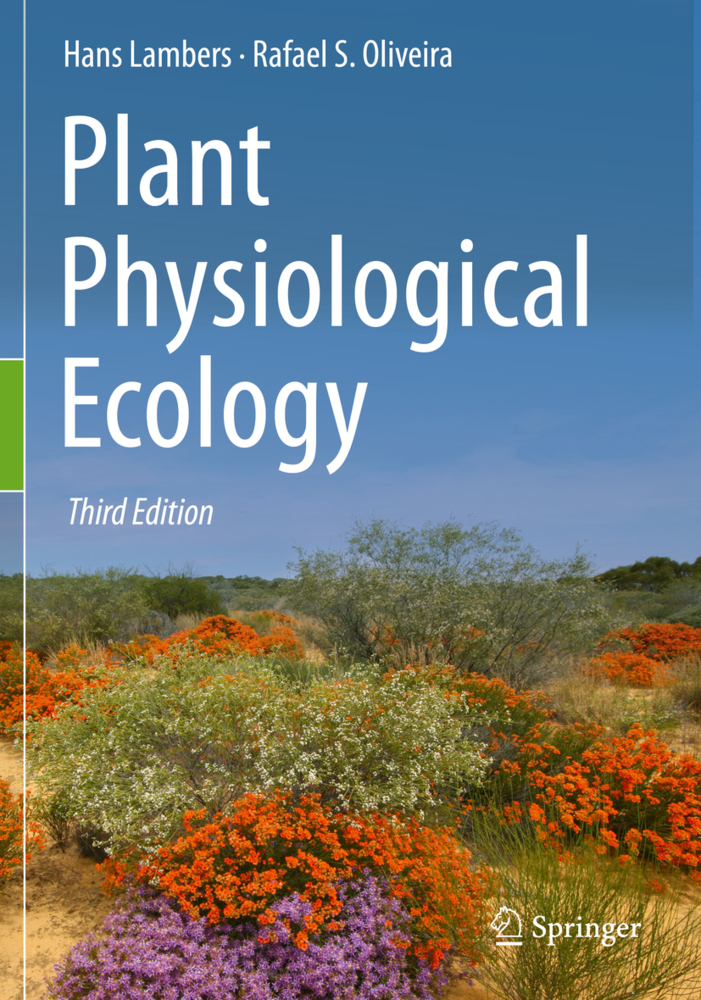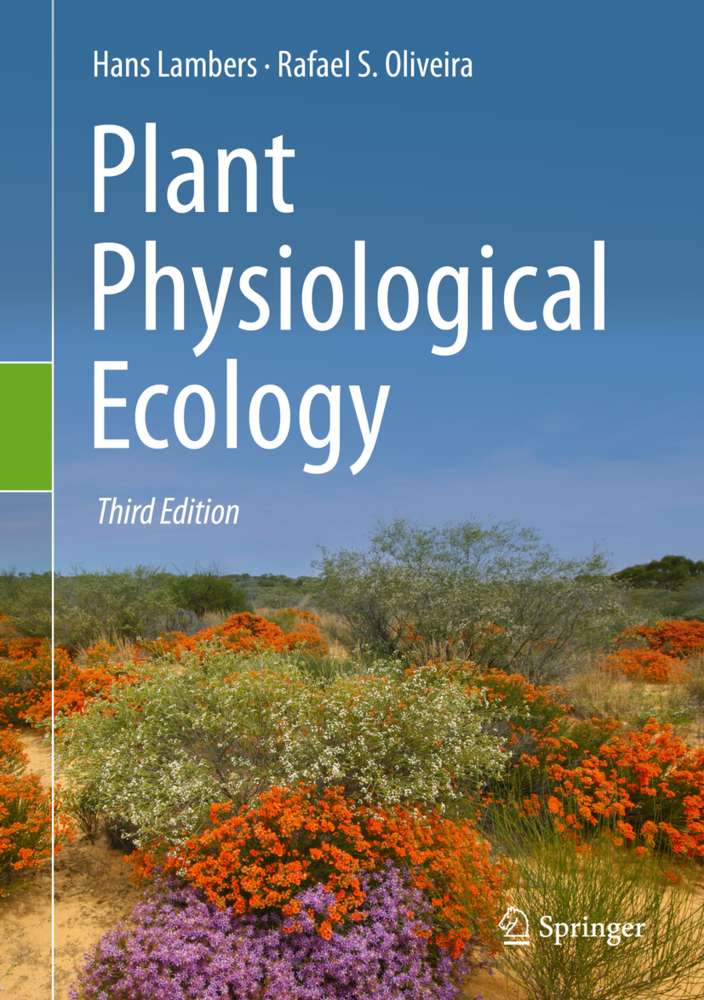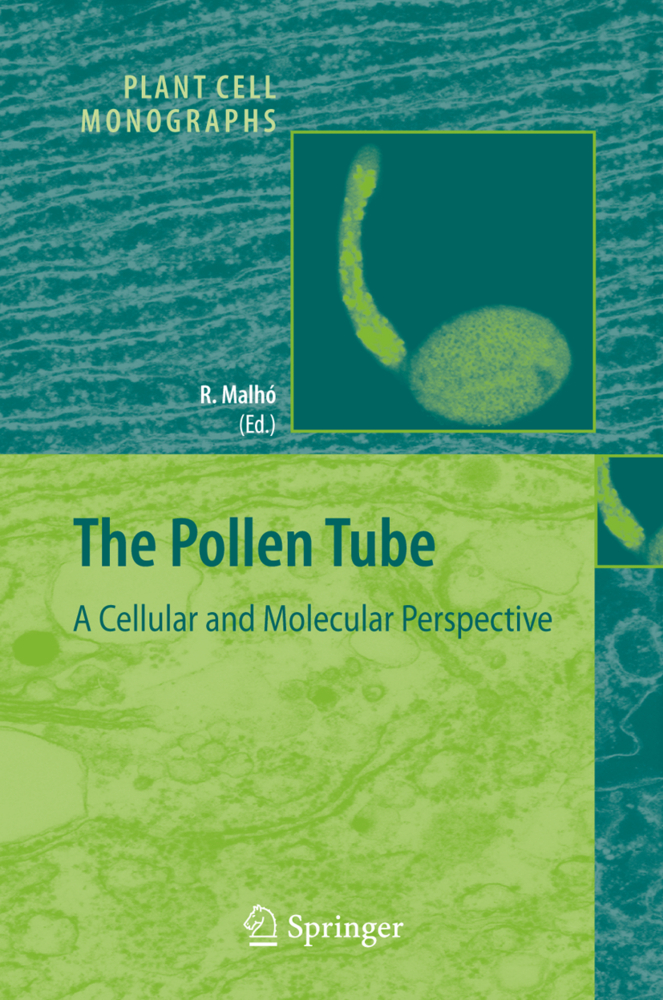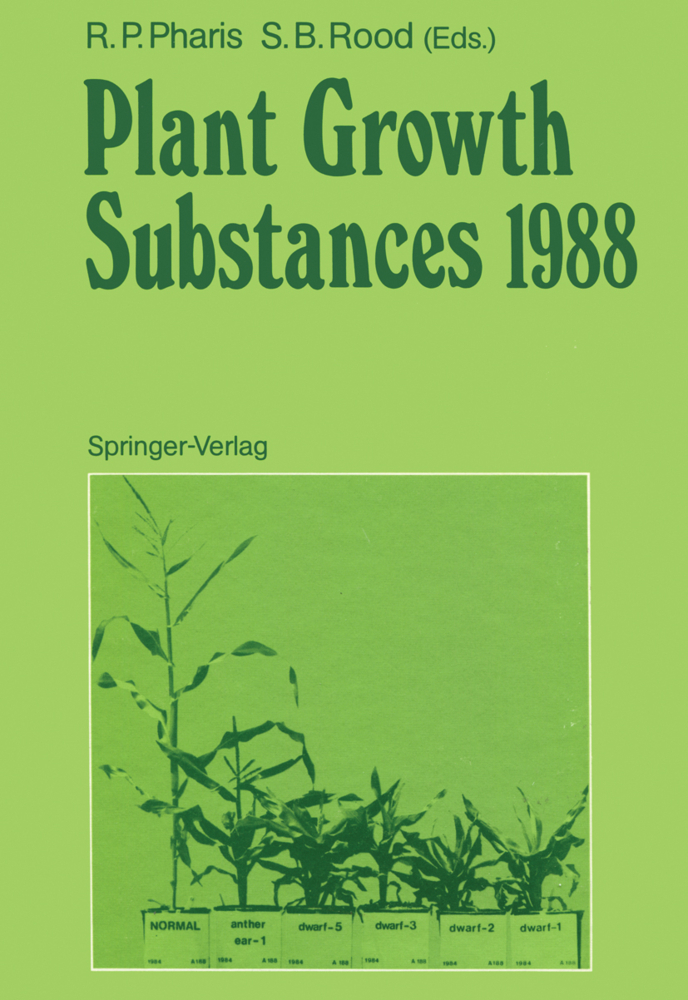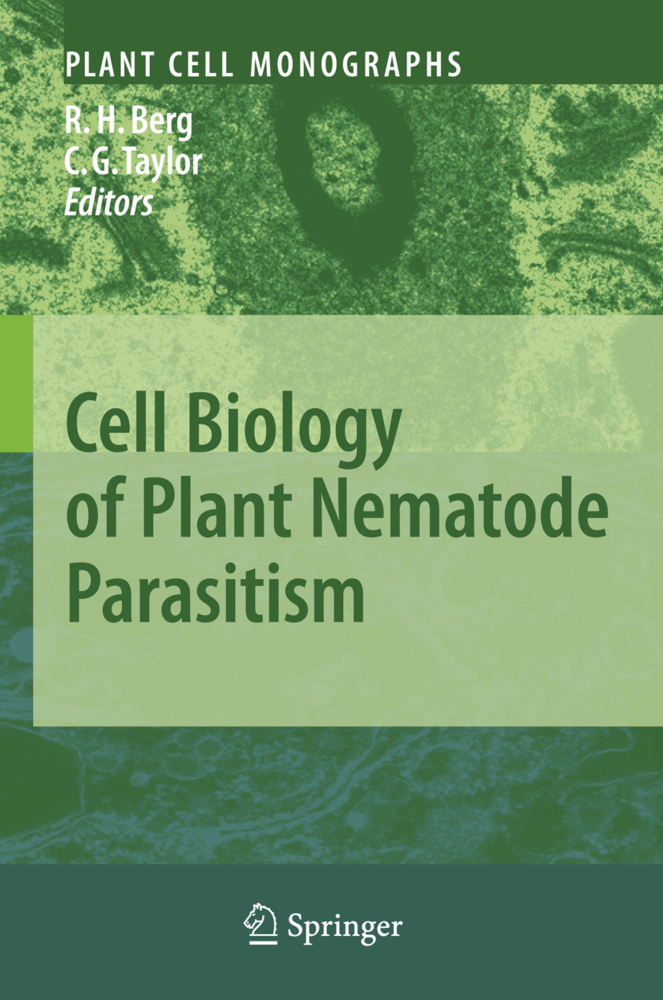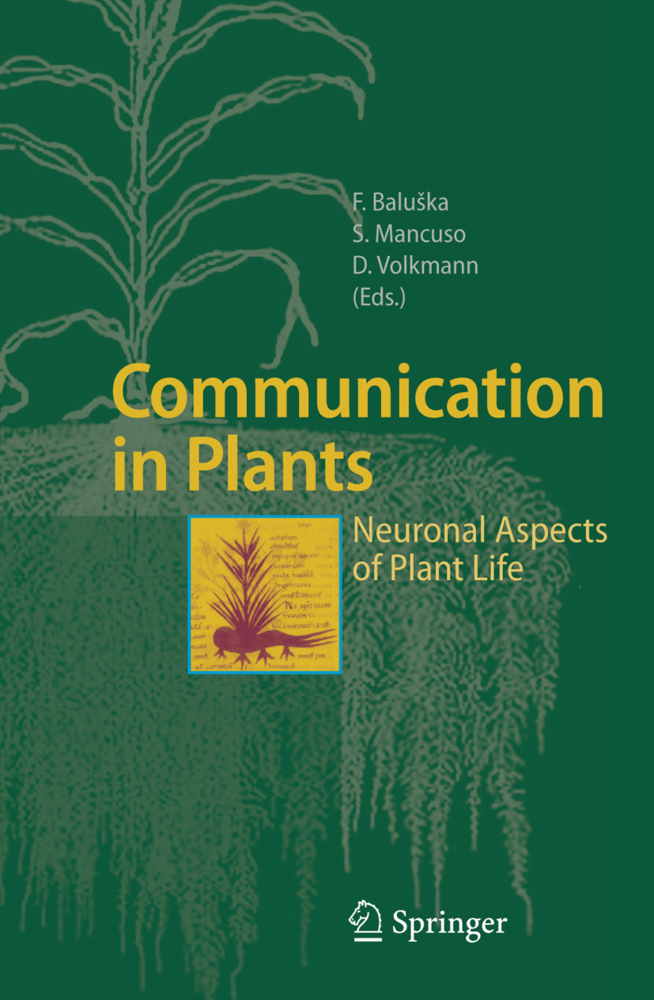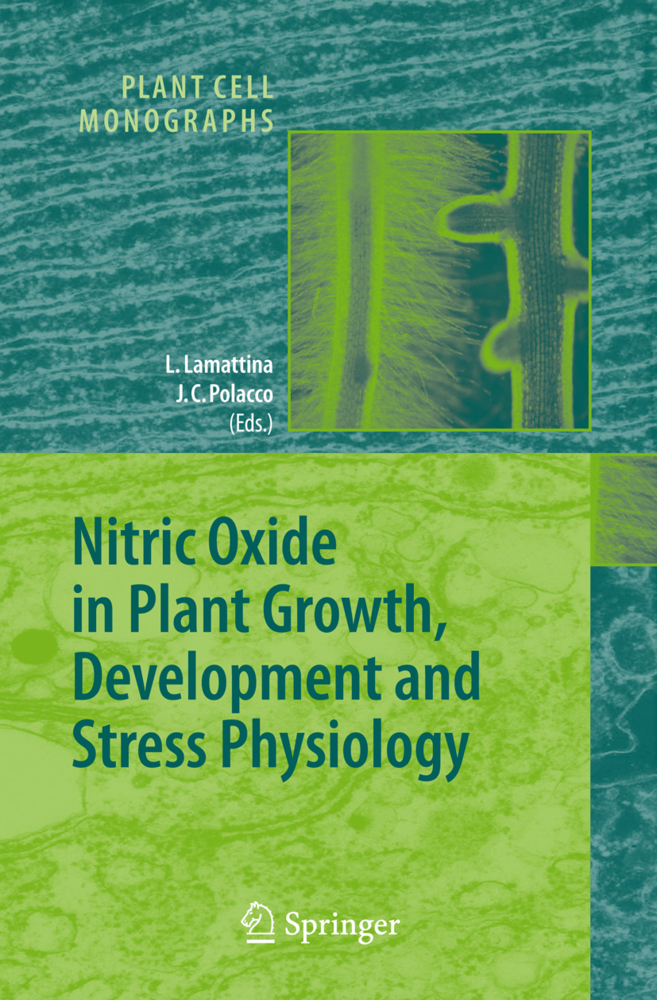Oxygen (O ) appeared in significant amounts in the Earth's atmosphere over 2. 2 2 billion years ago, largely due to the evolution of photosynthesis by cyanobacteria (Halliwell 2006). The O molecule is a free radical, as it has two impaired electrons 2 that have the same spin quantum number. This spin restriction makes O prefer to 2 accept its electrons one at a time, leading to the generation of the so-called reactive oxygen species (ROS). The chemical nature of these species dictates that they can create damage in cells. This has contributed to the creation of the "oxidative stress" concept; in this view, ROS are unavoidable toxic products of O metabolism and 2 aerobic organisms have evolved antioxidant defences to protect against this tox- ity (Halliwell 1981; Fridovich 1998). Indeed, even in present-day plants, which are full of antioxidants, much of the protein synthetic activity of chloroplasts is used to replace oxidatively damaged D1 and other proteins (Halliwell 2006). Yet, the use of the "oxidative stress" term implies that ROS exert their effects through indiscriminate widespread inactivation of cellular functions. In this context, ROS must not be able to react with lipids, proteins or nucleic acids in order to avoid any damage to vital cellular components. However, genetic evidence has suggested that, in planta, purely physicoche- cal damage may be more limited than previously thought (Foyer and Noctor 2005).
Reactive Oxygen Species in Growth and Development
ROS Signalling in Stomata
Reactive Oxygen Species in Plant Cell Walls
Peroxisomes as a Cellular Source of ROS Signal Molecules
Reactive Oxygen Species in Plant-Pathogen Interactions
ROS in the Legume-Rhizobium Symbiosis
Hydrogen Peroxide-Responsive Genes in Stress Acclimation and Cell Death
The ROS Signaling Network of Cells
Reactive Oxygen Species and Signaling in Cadmium Toxicity
Reactive Oxygen Species in Ozone Toxicity
ROS and Plant Membrane Rafts
ROS in Retrograde Signalling from the Chloroplast to the Nucleus.
Reactive Oxygen-Generating NADPH Oxidases in Plants
Integration of ROS and Hormone SignalingReactive Oxygen Species in Growth and Development
ROS Signalling in Stomata
Reactive Oxygen Species in Plant Cell Walls
Peroxisomes as a Cellular Source of ROS Signal Molecules
Reactive Oxygen Species in Plant-Pathogen Interactions
ROS in the Legume-Rhizobium Symbiosis
Hydrogen Peroxide-Responsive Genes in Stress Acclimation and Cell Death
The ROS Signaling Network of Cells
Reactive Oxygen Species and Signaling in Cadmium Toxicity
Reactive Oxygen Species in Ozone Toxicity
ROS and Plant Membrane Rafts
ROS in Retrograde Signalling from the Chloroplast to the Nucleus.
| ISBN | 978-3-642-00389-9 |
|---|---|
| Artikelnummer | 9783642003899 |
| Medientyp | Buch |
| Copyrightjahr | 2009 |
| Verlag | Springer, Berlin |
| Umfang | X, 246 Seiten |
| Abbildungen | X, 246 p. 28 illus., 7 illus. in color. |
| Sprache | Englisch |

